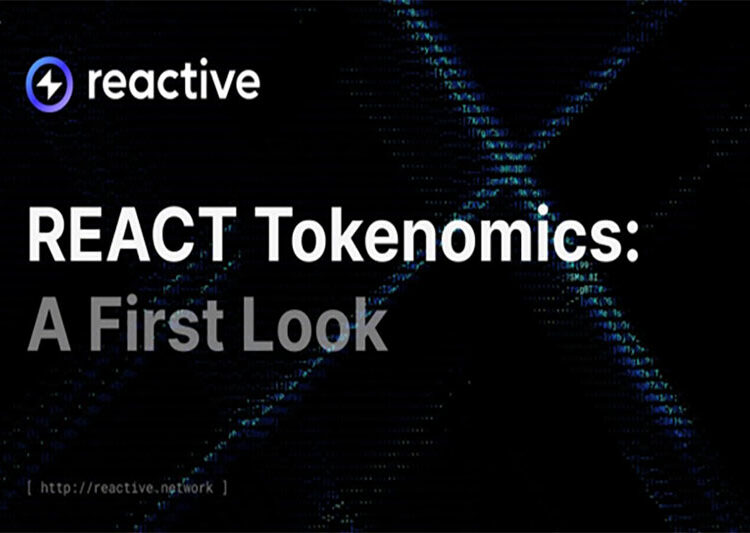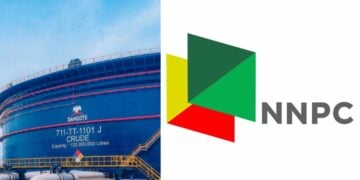PARSIQ, the powerful platform for blockchain analytics and data solutions, has announced the launch of its REACT token which may be swapped with the existing PRQ token. The Reactive Network will rely heavily on the new REACT token which will be the native crypto of the ecosystem. This article will delve into the REACT token, the innovative Reactive network, the migration process from PRQ, timelines and expectations.
A Tech Startup With A Difference
Founded in 2018 with the objective of providing innovative solutions that will enable mass adoption of blockchain technology, PARSIQ has been living up to its goals. Through its multiple products, the company offers software tools and solutions which are useful in:
- Blockchain data analytics
- Crime detection and prevention
- Monitoring and automation
The list is still growing. For example, its Tsunami API is a fast and efficient blockchain data solution that provides historical and real-time data on compatible blockchains. So, developers can build DeFi apps, dApp games and many other apps using data supplied via Tsunami API. Speaking about the product, Rong Kai Wong, the CEO of PARSIQ, says “The power of our technology is that it indexes the latest block in milliseconds. If you want to query data but you want the freedom to query whatever you want, then Tsunami API is for you.”
However, as Web3 and blockchain technology evolves, there is a higher demand for seamless automation and interoperability. Consequently, PARSIQ has engineered a solution that will revolutionise the future of blockchain technology. To achieve this feat, a brand new network and token are necessary. Hence, the Reactive Network and the REACT token.
As the native token on the Reactive Network, it will be used to pay for all services such as transaction gas fees, log fees, etc. Validators who confirm transactions and secure the network will also stake REACT tokens before participating in the process. To keep the network deflationary, a portion of the $REACT paid as transaction fees will be burned.
The Migration Process from $PRQ to $REACT
Back in September 2019, PARSIQ launched $PRQ with a total supply of 500 million tokens. Though PARSIQ raised over 1.5 million Euros in the ICO, about 151,703,128 were unsold; so, they were burned. In 2021, the company decided to burn about 38 million Team and Advisor tokens. This action rebalanced the tokens in the market and boosted the confidence of the community.
Today, there are about 310,256,872 PRQ tokens in circulation. This exact number of REACT tokens will be available for swapping on the launch day. The new $REACT will not replace the existing PRQ tokens. However, any $PRQ holder who wishes to migrate to $REACT will be able to swap his token as soon as the Reactive Network goes live.
The swap ratio is 1:1 meaning that 1 PRQ token will swap for 1 REACT token. Alternatively, a PRQ token holder may swap his token for the ERC 20 REACT token at the same ratio. Several centralised crypto exchanges will participate in the migration process. So, community members who choose to participate will have multiple options.
The Mainnet launch has been scheduled to take place within the last quarter of 2024.
Revolutionising Smart Contracts With The Reactive Network
Smart contracts are self-executable computer programs in a blockchain that automates transactions. The introduction of smart contracts on the Ethereum blockchain in 2015 revolutionised the digital space. It enabled the development of decentralised apps (dApps) which expanded the functionality of blockchains.
However, smart contracts are limited in their capabilities as they cannot interact with each other and they work only within a network. To solve this problem, PARSIQ has come to the rescue with its innovative Reactive Smart Contracts (RSCs) which runs on the new Reactive Network.
Built with the Inversion of Control (IoC) software design principle, RSCs are self-executing programs triggered by external events in other blockchains. Unlike normal smart contracts which are static, RSCs are interactive. So, they can be deployed in building dApps that operate across multiple blockchains.
PARSIQ launched the Reactive Network Testnet in April this year and the response has been great. Daniil Romazanov, CTO of PARSIQ, asserts that “The launch of the Reactive Network Testnet is a big deal for the blockchain community because it finally solves several important problems with automation and interoperability.”
Stakeholders in the Web3 space believe that RSCs will be the game changer. With real-time communication and interoperability between blockchains, developers can build cross-chain apps and easily automate processes.
The Reactive Network is an EVM-compatible, blockchain framework that manages operations across networks without interventions. Its in-built Relayer network enables it to detect events on other EVM networks while its transaction parallelisation ensures optimum speed and low gas fees. RSCs are executed within the REACTVM; a virtual machine within the Reactive network.
Developers, investors and stakeholders are excited about the future of Web3. With the advent of the Reactive Network and its RSCs, multi-blockchain DeFi apps and NFTs, full automation, improved efficiency and reduced costs are just a few of the new possibilities. Multiple central exchanges are expected to support the migration process.





